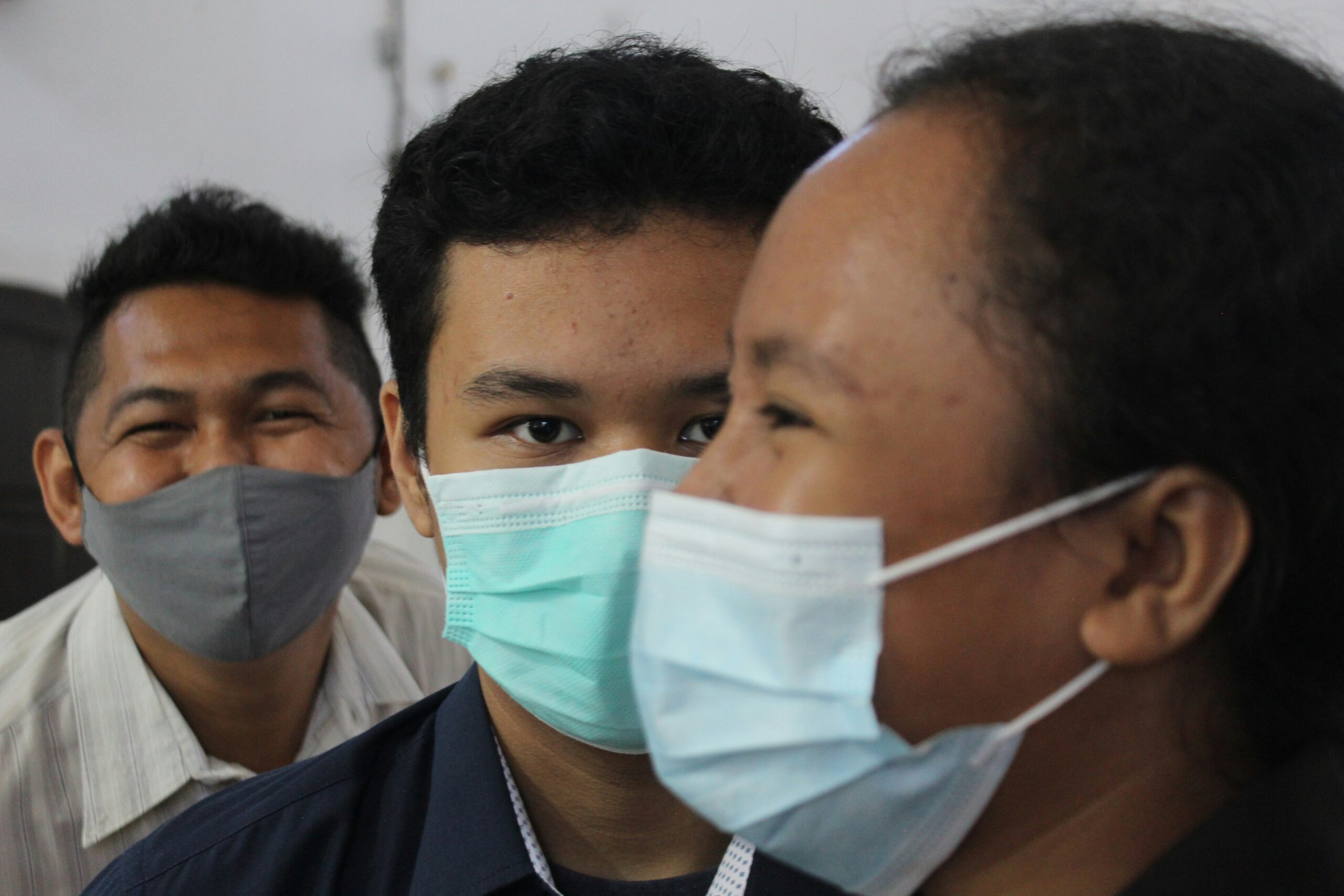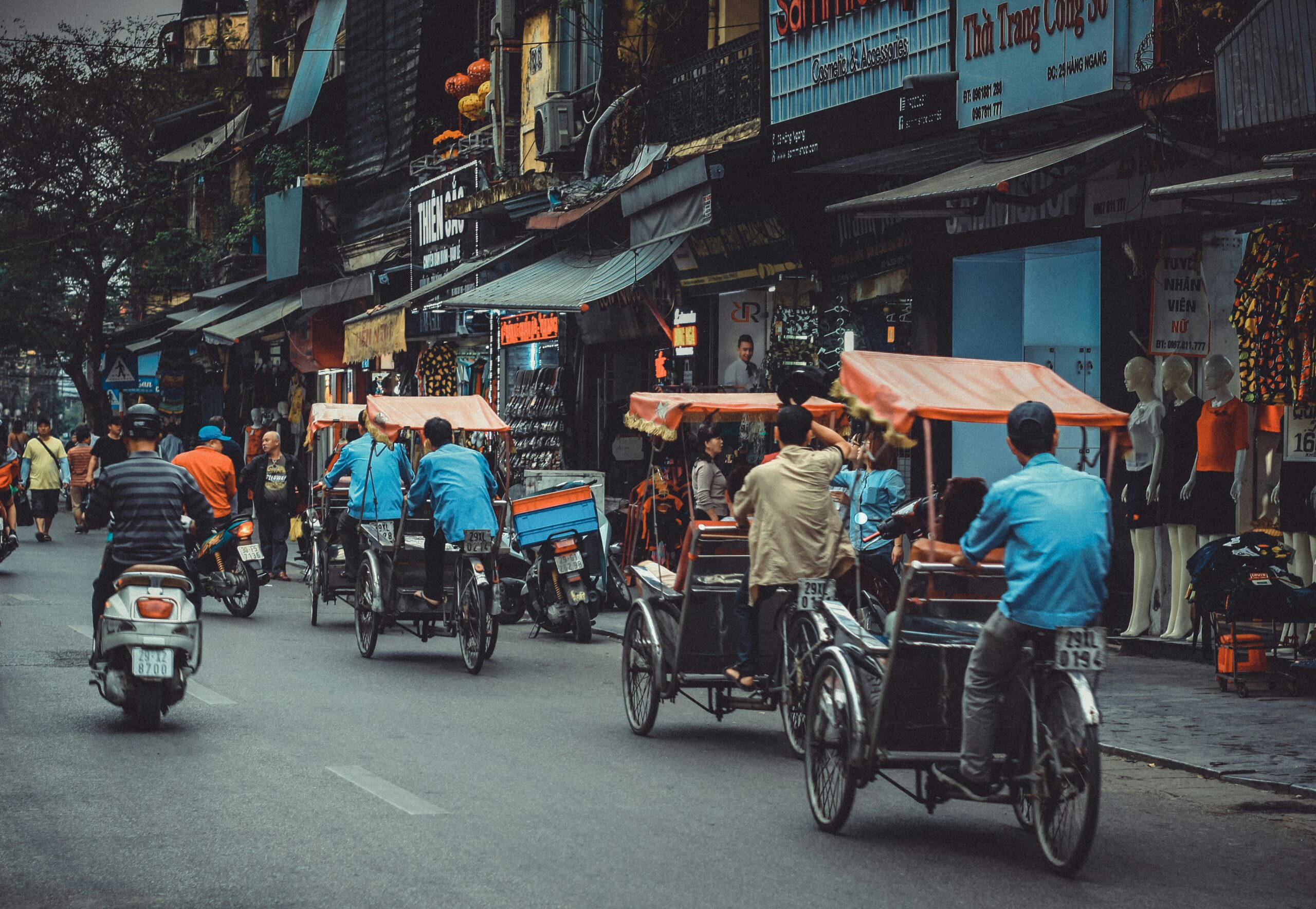Viet Nam is showing impressive progress towards its goals for universal health coverage in 2030. In 2023, 91.1 million people have health insurance, accounting for 92% of the population.[1] Since the implementation of social health insurance in 1992, out-of-pocket (OOP) spending fell significantly from 80% in the mid-1990s to 40% of current health expenditure in 2020.[2] This change resulted from the 2008 Law No. 25/2008/QH12 on health insurance, which led to the expansion of the single mandatory scheme with full subsidies of health insurance premiums for the vulnerable population and people living in poverty.[3], [4] This has significantly increased health insurance coverage among the Vietnamese people. The government also focuses on financial risk protection because of relatively high OOP expenses of health care in Viet Nam.
Reforming health financing for primary health care
Primary health care is a priority for the government with a focus on health reforms that advance universal health coverage, increase access to health care, and improve services for noncommunicable diseases because of a rapidly aging population. Beginning with Prime Minister Decision No. 2348[5] in 2016, Viet Nam’s national development plan promoted health reforms to strengthen primary health care at the district and community levels. This was reflected in the Health Financing Strategy for 2016–2025. In the strategy, primary health care financing is prioritized through payment mechanisms with increased budget allocations for community health care as part of the health insurance benefit package. Following the 2017 Resolution 20-NQ/TW, the increased allocation of financial resources for primary health care came from both central and local governments.[4] These reforms have contributed to the improvement of quality of primary health care services in the country.
References
[1] VSS and the Embassy of Denmark sign cooperation agreement
[2] Global Health Expenditure Database
[3] Le, Q. N., Blizzard, L., Si, L., Giang, L. T., & Neil, A. L. (2020). The evolution of social health insurance in Viet Nam and its role towards achieving universal health coverage. Health Policy OPEN, 1, 100011.
[4] Somanathan, A, Dao, H. L., Tien, T. V. (2013). Integrating the Poor into Universal Health Coverage in Viet Nam. UNICO Studies Series No. 24. World Bank: Washington DC.
[5] WHO (2018). Viet Nam: Improving equity in access to primary care. Geneva: WHO.




